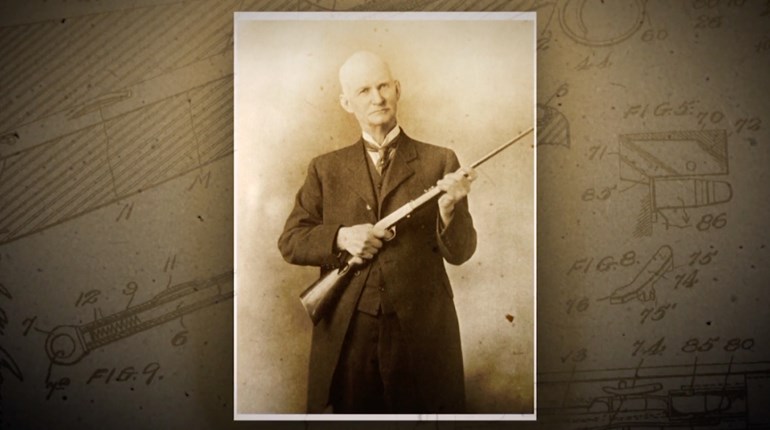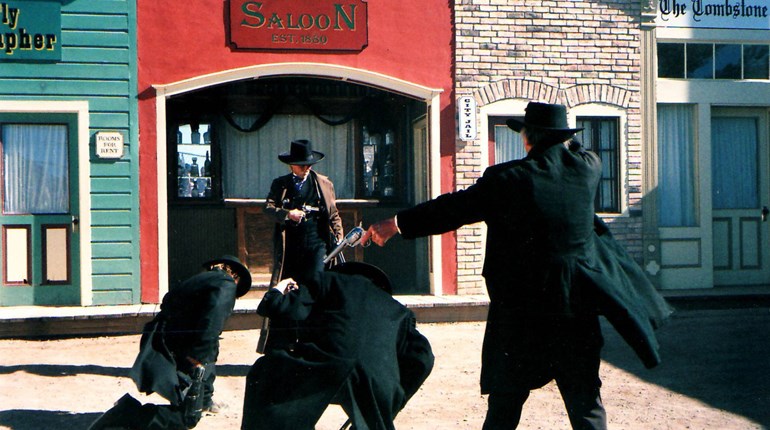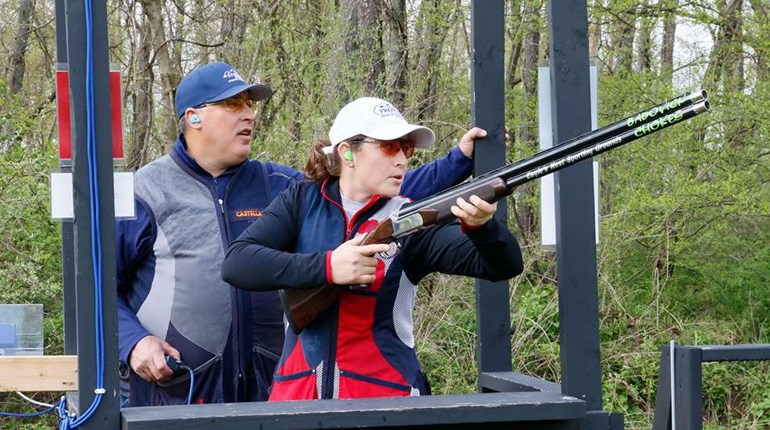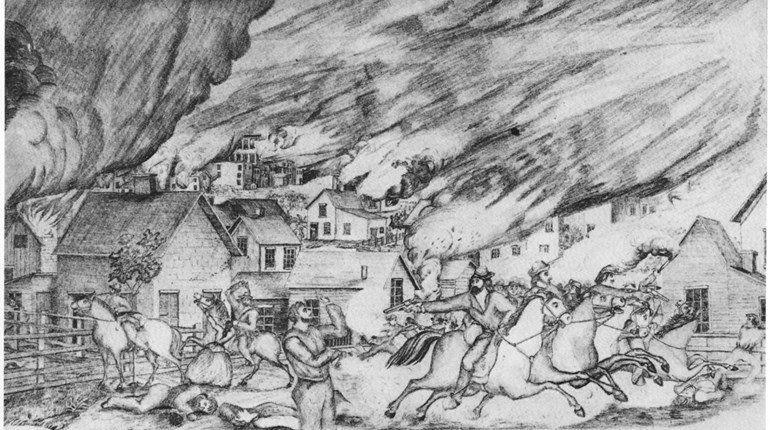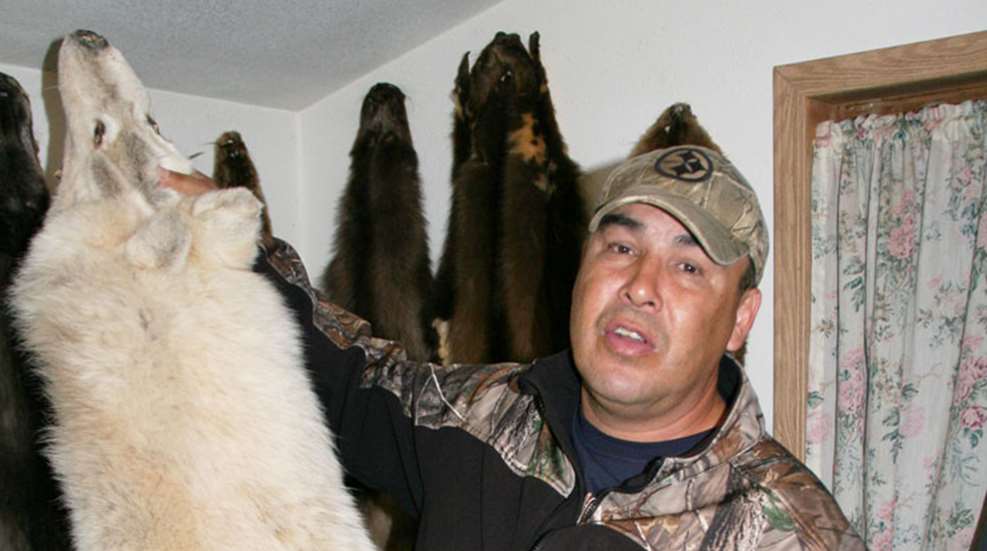
The small plane touched down at the edge of the Arctic Circle, landing at the Native-American Indian village of Beaver, Alaska. It’s only about a 45-minute flight from either Fairbanks or Chena Hot Springs, but upon landing it was if I’d stepped back in time more than a century.
Greeting me at the gravel runway with his ever-present smile was Cliff Adams, an elder of the Athabasca tribe and a subsistence hunter, fisherman and trapper all his life. At Adams’ log cabin, the women of his family were cutting up a moose and hanging pieces of the meat in a smokehouse. A low fire of green wood smoldered as we talked. His young grandson had killed the moose the evening before, and Adams mentioned that a grizzly bear had smelled the blood and began circling them as they were transporting the moose home.
“What happens if a bear gets too close?” I asked.
“He comes home with us, too,” Adams said, casually.
He wasn’t kidding. Looking around the smokehouse I noticed a fresh grizzly bear paw lying on a shelf. It was twice the size of my open hand, the claws measuring five inches in length. Adams related other ways the family has of living off the land in a harsh environment, such as maintaining a large fish wheel that captures salmon from the Yukon River. I asked about trapping and he motioned for me to follow him into a back room of the cabin. The walls were lined with luxurious furs: fox, lynx, wolverine, beaver, otter and other species.
The first pelt he took off a peg was that of a pure-white wolf. Holding it by the tip of the nose and lifting it as high as he could, the wolf’s tail still dragged the floor.
“How much did that animal weigh?” I asked incredulously.
“About 120 pounds,” Adams said. “But I’ve trapped a few as large as 150 pounds.”
Beaver, Alaska, is located in the state’s interior where very cold weather is not only common but is some of the most extreme in all of North America. Temperatures had already plunged to minus 60 degrees last fall when Adams began setting his traps.
“Snow cover is usually two or three feet deep when I begin trapping sometime around Thanksgiving, and four to six feet by the time I’m done late in the winter,” he said. And during the trapping season that far north daylight is only a few hours in length, so much of Adams’ trapping is done in total darkness.
Last year Adams ran two “short” traplines by his estimation, one 35 miles and the other 45 miles long. He tends his main lines by snowmobile, his shorter traplines on snowshoes. The boom-and-bust Alaska furbearer cycle determines Adams’ annual catch. Last year, for example, he caught some 30 lynx. But several years ago, when furbearer populations were high, he caught more than 200 lynx in a single trapping season.
The Alaskan bush can be a very dangerous place, not only to live but also to visit. Far more outdoorsmen die annually from cold weather and resulting hypothermia than any other cause. Adams recalled one time when he almost lost his life in the wilderness.
“I was breaking trail near one of my trapline cabins, and thankfully had a partner with me that day,” he remembers. “The temperature was around minus 50, but somehow I got my snowmobile stuck on a frozen lake in overflow—water that is on top of the ice but beneath the snow. I had on homemade moose-skin boots which are very warm, but water went over my boot tops and I got wet up to my knees. Very quickly my boots began freezing to my feet and lower legs.”
Adams knew he was in serious trouble and needed to get a fire started fast. Spotting a dead spruce a couple hundred yards away, he tried walking toward it but his freezing legs kept cramping. He ended up crawling through deep snow to the spruce and got a fire going, yet still couldn’t get his boots off his feet.
“They were just big clumps of ice,” he said. “It’s at that time I wished I had brought along a pad and pencil. I knew I was dying and wanted to leave a note for my family.”
Thankfully, and with little time to spare, Adams’ trapping partner came looking for him. “He saved my life,” said Adams. “Had I been by myself that day, I wouldn’t have survived.”
Adams has returned the favor several times, rescuing other outdoorsmen incapacitated in the bush. Unfortunately, he lost a friend recently who fell into a river.
“He made it to shore,” said Adams, “but still died of hypothermia. Alaska is not an easy place to live—or make a living—but it’s sure peaceful up here. I’m not leaving…”
Asked about the coldest temperatures he’s ever experienced, Adams said that one winter Beaver, Alaska, suffered though 20 consecutive days of minus 75 degrees Fahrenheit, not including wind chill.
One last interesting aspect about Cliff Adams is that not only is he a serious outdoorsman, he’s also a serious Pittsburgh Steelers football fan, watching the team play via satellite TV. “I grew up without electricity,” he said, “and the first football game I ever saw on TV was the Steelers kicking the hell out of some other team. I’ve been a Steelers fan ever since.”
Anyone traveling to Alaska can make the same side trip I did to the Native-American Indian village of Beaver, located above the Arctic Circle, and meet Cliff Adams. For more information, go online to www.beaverlodgetours.com.













